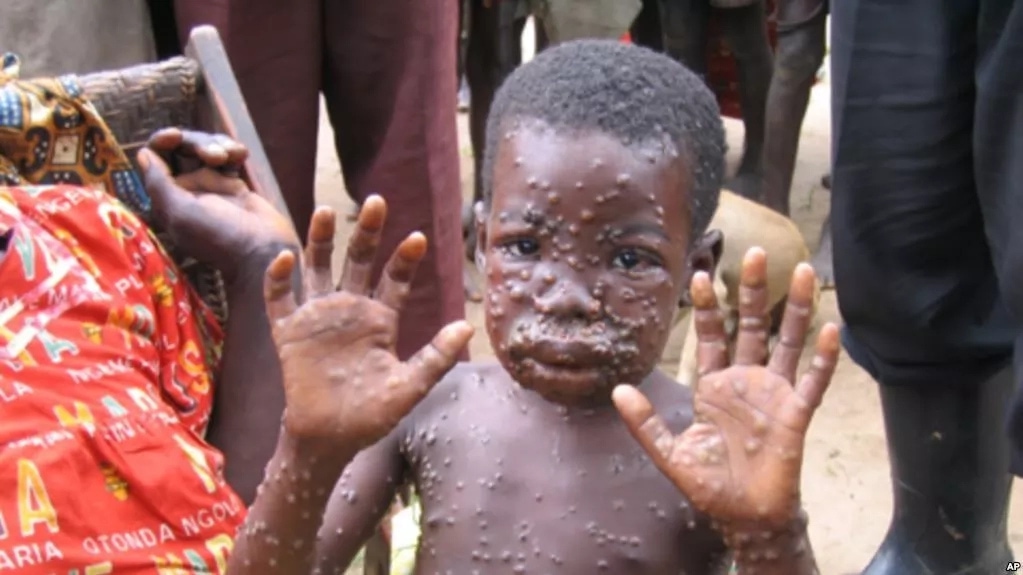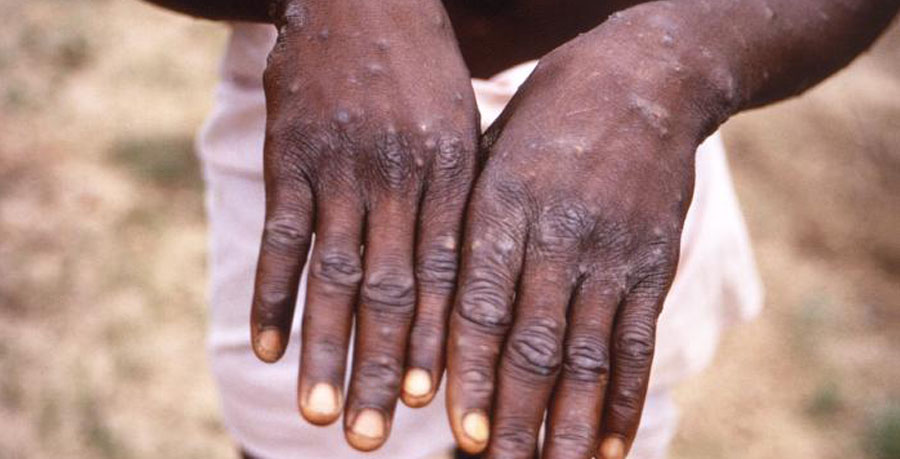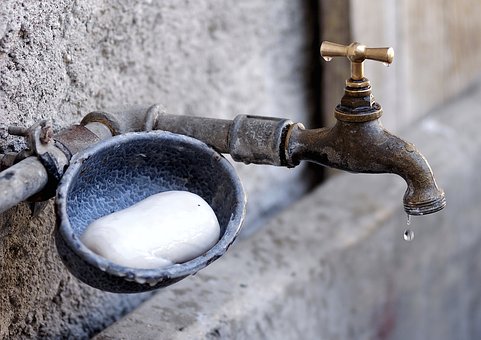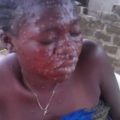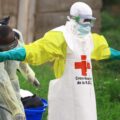Monkeypox is an infectious disease caused by a member of the Orthopoxvirus genus in the family Poxviridae. Although it was first discovered in 1958, the first human case of monkeypox was recorded in the Democratic Republic of Congo in 1970. Ever Since the disease has been reported in other remote parts of West and Central Africa including Nigeria.
Children and young people are at higher risk of death due to monkeypox, as a result, most of the case fatalities recorded with monkeypox outbreaks (1-10%) occurred in the lower age brackets. The incubation period for monkeypox is usually between 7−14 days but can sometimes range from 5−21 days.
How is Monkeypox Transmitted?
Monkeypox is a zoonotic disease which implies that it is transmitted to humans from animals, especially wild animals. The disease can also be transmitted from one infected person to another or from materials contaminated with the monkeypox virus.
The virus gains entry into the body either through broken skin, the mucous membranes (eyes, nose, or mouth), or the respiratory tract. Transmission of the monkeypox virus from animals to humans occurs primarily through a bite, scratch, direct contact with body fluids, lesion materials, or bush meat preparation and consumption.
Furthermore, direct contact with the body fluids, lesion material, and indirect contact with the lesion material of an infected individual can lead to human to human transmission of the disease.
In addition, monkeypox can also be transmitted by inoculation or via the placenta from an infected mother to her unborn child (congenital monkeypox). It is important to note that African rodents play an important role in the transmission of the monkeypox virus.
What Are The Signs and Symptoms of Monkeypox Infection:
Monkeypox infection begins with fever, muscle aches, headaches, and exhaustion. Other symptoms of the onset of the disease include
- Swollen lymph nodes
- Backache
- Chills
- Exhaustion
A few days(1-3 days or longer ) after the appearance of fever, the infected individual develops a rash, which begins on the face before spreading to other parts of the body and progresses through the following stages before falling off:
- Macules
- Papules
- Vesicles
- Pustules
- Scabs
Is there A Treatment for Monkeypox
Currently, there are no vaccines or treatments for monkeypox although vaccination with the smallpox vaccine prior to contact with the monkeypox virus was found to be highly effective in preventing monkeypox disease.
How to Prevent Monkeypox
There are several measures and steps that can be taken to prevent the infection and spread of the monkeypox virus these include:
- Good Hygiene Practice: The promotion of good hygiene practices is very important in curtailing the spread of the monkeypox virus. Washing hands with soap and water or using an alcohol-based hand sanitizer after contact with infected or uninfected animals or humans is often recommended.
- Avoid Unnecessary Contact with Animals: As a zoonotic disease, monkeypox spreads as contact with reservoirs harboring the virus increases. Staying away from sick or dead animals in areas where monkeypox has been reported is advised.
- Isolate The Infected: In order to curtail the spread and effectively manage reported and confirmed cases of monkeypox, it is important to isolate infected patients from others to reduce the risk of human to human transmission.
- Avoid Physical Contact with Contaminated Materials: Physical contact with cloths, beddings as well as other materials that have been in contact with a monkeypox infected individual, pet, or animal should be avoided.
- Use Personal Protective Equipment (PPE): The use of personal protective equipment by physicians, nurses and other members of the health team managing monkeypox patients is a vital requirement in order to prevent the further spread of the disease.
Next time you see someone, you should be able to tell if they have monkeypox disease or not.

